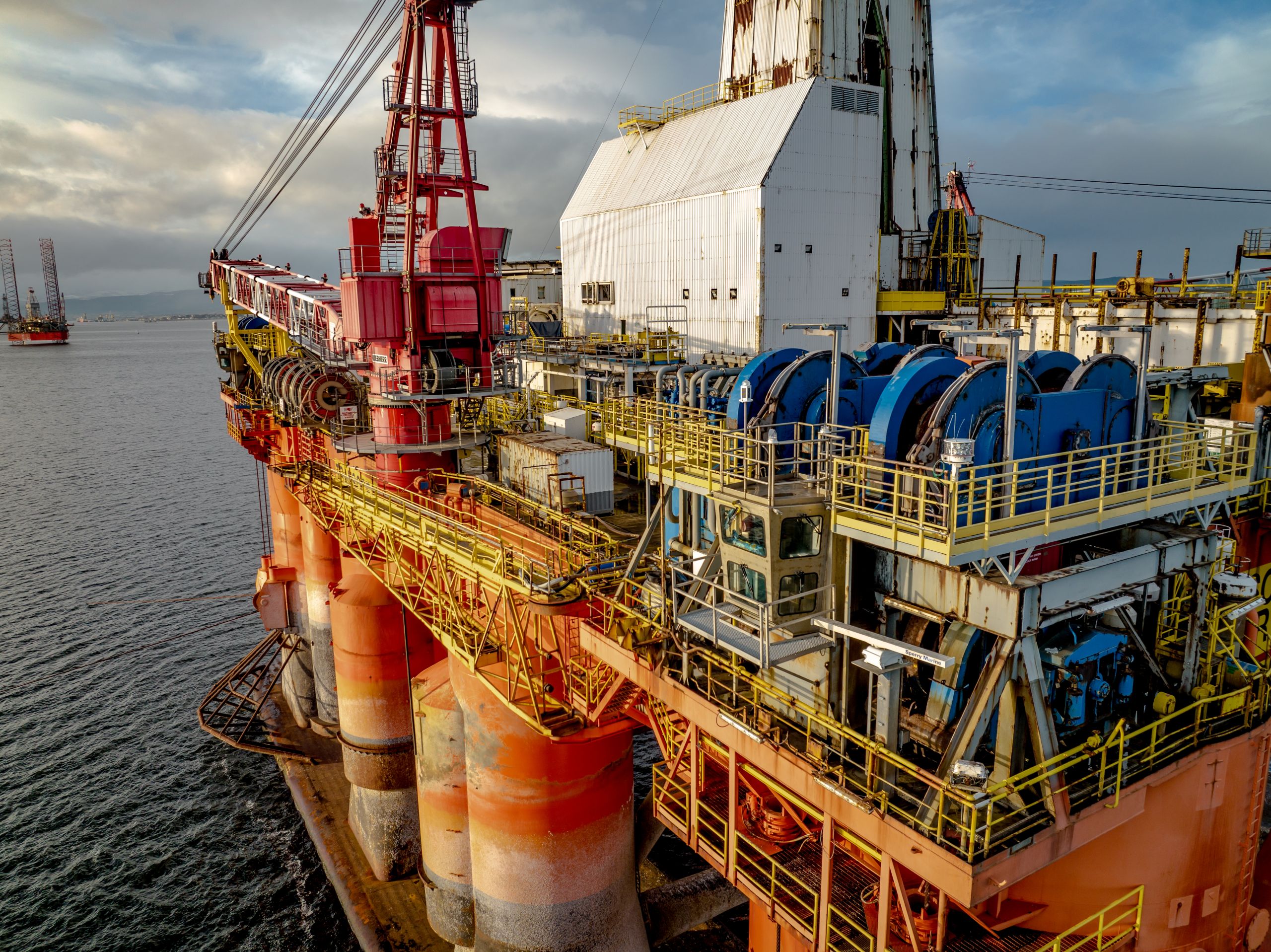Intro
Managing equipment life cycle is a sensitive matter that requires a careful approach from heavy asset industries. In this context, properly addressing maintenance practices lies in reducing unplanned downtime and reactive maintenance strategies with the intent of improving asset availability and readiness. For this reason, Asset Performance Management (APM) is a key concept to understand how this process can be streamlined.
However, before getting into how asset life cycles are being optimized, it is necessary to understand the role of APM.
What is the role of Asset Performance Management?
Asset Performance Management does not refer to a single technology, rather it contemplates the integration of all equipment data, advanced analytics, and Artificial Intelligence tools in a unique spectrum. This framework is designed to effectively oversee and streamline the performance and stability of assets.
The current process of guaranteeing asset’s longevity relies on complex activity that encompasses robustly monitoring of all of the asset’s components and integrating different datasets in order to identify potential problems early on. However, such practices demand digital maturity and that is not the case of many businesses.
According to Gartner in the Market Guide for Asset Performance Management Software, from 2021: ‘The objective of APM within an asset management strategy roadmap is to have a broad array of maintenance capabilities, skills and tools and then to match the needs of different asset classes to those tools’.

These tools function by analyzing historical and real-time data in order to diagnose the asset’s conditions and provide optimized maintenance decisions to field operators. In that way, APM prevents performance decline through predictive analysis and personalized maintenance strategies. For this purpose, it generates greater value than traditional maintenance methods. As a result, profit margins are boosted and the production capacity is maximized through combining different performance-oriented technologies.
In this context, APM is not limited to being only a maintenance tool. It sets itself ahead of other methodologies by integrating asset integrity management, health monitoring, reliability, maintenance, and availability. It ensures higher safety levels through minimum risk factors. In short, this technology is enhancing maintenance planning with an AI-powered approach while driving innovation in heavy asset industries.
Nevertheless, the APM benefits go beyond maintenance planning and cost saving, reaching other key areas for industrial operations, such as:
Safety and Performance
Allocating professionals to remote and risky environments involves high costs and exposes them to various dangers. The hazardous environment, high-complexity activities, heavy weather conditions, and difficult-to-access areas are all variables that impact worker’s safety. In this context, a possible anomaly oversight in difficult-to-reach areas may turn into accidents such as oil leaks or explosions.
By deploying an APM strategy based on advanced analytics and visualization capabilities, operators can monitor and diagnose the asset’s conditions without needing to expose themselves to such risks. Beyond that, they’ll have access to customizable asset models and safety training, enabling greater risk control.
For instance, the integration of APM tools such as predictive algorithms and Digital Twin allows professionals to visualize equipment that are facing declining performance. If that is the case, they will have access to multiple data-driven action suggestions and video training to solve that problem in the most efficient way possible. Additionally, all APM insights are based on the operation’s agenda, priorities, and goals.

Enhancing asset life cycles while reducing downtime
An asset life cycle refers to the aging process of machinery and equipment. Heavy asset industries need to properly address this topic in order to maximize their outcomes from limited resource potential. In this sense, enhancing the asset life cycle means enhancing asset performance, being able to visualize and later intervene in which components may fail or degrade further on.
To execute that in the best way possible, industrial operations need to optimize maintenance plans. By integrating different data sources such as AI, reality capture, and predictive analytics, operations are able to improve not only maintenance schedules, but comprehend the current state of their business.
Adopting an APM strategy, companies can reach longer asset life cycles while reducing downtime. This is possible by constantly monitoring the asset’s performance within functioning, which allows foreseeing anomalies and risk scenarios. In this sense, industries can schedule maintenance in optimal time, reducing unplanned downtime while increasing the asset’s lifetime.
Furthermore, optimized maintenance scheduling comes as a result of detailed and constant monitoring of the asset’s conditions. For this reason, APM’s tool integration eliminates unplanned downtime, reduces worker injuries and environmental damage, and saves significant costs by adopting predictive maintenance actions, such as managing the degradation state of the asset in the long term.
Conclusion
In essence, APM is driving innovation in heavy asset industries through longer life cycles and reduced downtime. Beyond cost-effectiveness, these technologies are enhancing safety and sustainability by constantly diagnosing the asset and its environmental impacts. It empowers businesses to stay ahead of the curve by harnessing the power of data, AI, and predictive analytics.
In this new scenario, operators and data analysts hold greater control over how they must intervene in the asset. Which not only optimizes asset availability and maintenance planning but also fosters a deeper understanding of the business’s current state. Through APM, industries can prevent performance decline, improve interventions strategies and enhance safety, ultimately ensuring a more profitable and sustainable future.



